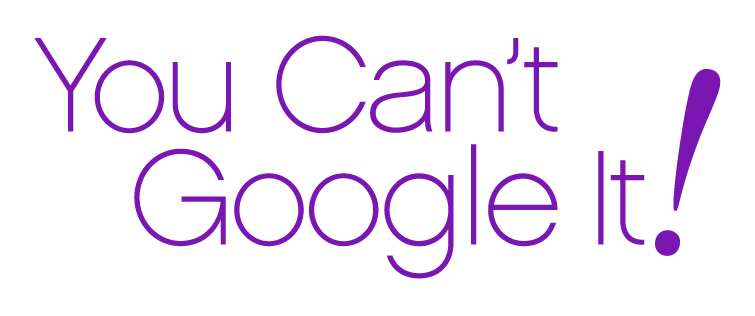Does Code-Switching Affect Generational/Age Diversity too?
/There’s a lot of lip-service given to authenticity and “be your true self at work,” but is that truly, widely acceptable?
People of color are more open now, and especially since the activities and books of the summer of 2020, in talking about how they change their appearance, speech and behavior to “pass” within institutional norms and satisfy the comfort of whites. The same is true of gender differences – all aiming to create more inclusive and just workplaces.
That is known as “code-switching.” Code-switching was originally defined as switching between two languages or dialects depending on the social or conversational setting. More recently, defined in the diversity equity/inclusion (DEI) sense, dictionary.com defines it as “modifying of one’s behavior, speech, appearance, etc., to adapt to different socio-cultural norms, mainly to gain acceptance in varying social situations, particularly among minorities and others in professional settings.
Do you also see the code-switching in age/generational diverse instances? Though not talked about in terms of code-switching, there are ways people of both the older and younger generations and ages also change appearance and behaviors to change managers’ and colleagues’ mistaken perceptions of them that impact hiring, roles and work opportunities on teams, with client assignments and on desirable projects.
Here are a few common examples.
Dyeing hair and having cosmetic surgery to appear younger and more energetic
Dressing in “young fashions” to appear young and cool
Young workers conforming to what older managers consider professional in terms of covering body art and casual attire
Hiding photos of hobbies and talking about outside exploits that may seem frivolous to older people
Eye-rolling by the young in meetings and conversations that can be perceived as disrespectful but can merely be one quick way of expressing a reaction rather than orally
Code-switching in these sorts of instances can be viewed as a reasonable way to increase a sense of belonging all around, or merely making “others” feel more aware of differences, uncomfortable and not belonging – that the organization is not inclusive. I have found that people of color and other differences I participated in discussions with over the last year or so have become more open and eager to express themselves on these feelings. That is good and refreshing to me.
These are useful and valuable discussions to have, and I hope there will be more space and courage to have them this year and going forward. We all will benefit!
Call to Action: Please share your thoughts – and let me know if I can help you get started. I have resources and contacts to help you move the DEI needle.
© Phyllis Weiss Haserot 2021


